Habitat destruction is a commonly uttered word today. Most animals and wildlife are threatened in the modern world because their habitats are rapidly vanishing leaving them homeless thanks to human activities. But visit Malyady (also known as Malyadi), a small town about 22 kilometres from Udupi in Karnataka and you will notice not habitat destruction, but a man made alteration that has finally benefited the birds of the region. A depression that turned into a wetland here has become a paradise for birdwatchers in the last 25 years with many visiting the region between September and March.
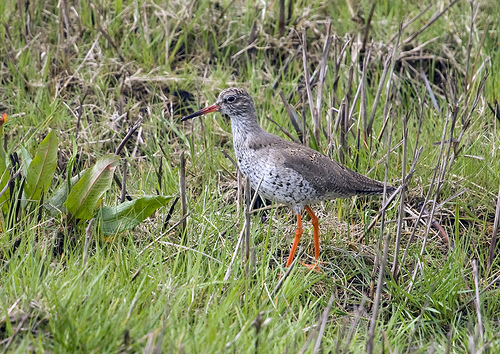
Malyady has caught the attention of various individuals, organizations and the forest department, with efforts being made to protect and promote its wetlands. It all began 25 years ago when the topsoil of Malyady, was found to be suited for tile manufacturing by locals.
It was dug up to depths of two metres and used as raw material in the tile factories of the district. The resulting depression turned the area into a wetland of about 1.5 sq. km, and over the last 25 years this wetland have become a hotspot for many migratory as well as domestic birds.
Bird Paradise
Environmental biologist N. A. Madhyastha, noted that bird enthusiasts in the district had counted over 16,000 birds in the last census taken three years ago, and they have identified as many as 48 different species of birds at Malyady.
Some of the migratory birds that regularly visit Malyady include,
- Red shanks (Tringa totanus)
- Golden plovers (Pluvialis dominica)
- Common sand pipers (Actitis hypoleucos)
- Green shank (T nebularia)
- Ringed plovers (Charadrius dubius).
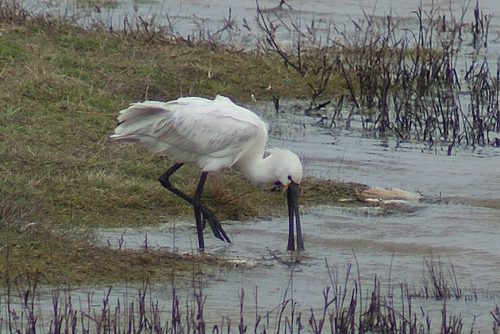
Malyady is also haunted by local migratory birds such as,
- Spoonbill (Platelia leucordia)
- Black winged stilt (Himatopus himatopus)
- Knob-billed Duck (Sarkidiornis melanotos)
- Marsh harrier (Cirus aeruginosus)
- White-necked stork (Ciconia episcopus)
Resident birds of Malyady include,
- Grey herons (Ardea cinera)
- Pond herons (Ardeola grayii)
- Purple moorhens (Porphyrio porphysio)
- Egrets (Egretta sp.)
- Cormorants (Phalocrocorax)
Experts believe the birds have been a boon to the ecology of the area. These birds have helped sustain the ecological balance in Malyady. The nutrients of bird’s excreta also help algal growth in the water, which in turn provides food for aquatic insects and animals. The abundance of fish and insects has then drawn more birds to the area.
Dr. Madhyastha informs that bird lovers come to Malyady from as far as Northern Europe, Afghanistan, and across the Himalayas. He also added that January and February were the best months to watch these migratory birds.
Nesting and Breeding
The Flora and Fauna Club at Kundapur, under the initiative of its president, Subodh Malli, has been spreading awareness among the villagers and visitors about the importance of the wetlands and these birds for over 16 years. The club intends to plant more trees and construct a watchtower in the area so that the wetlands can also turn into breeding sites for the birds and they get ample trees to nest.

“Our long-term plan is to see that Malyady becomes a bird sanctuary,” says Dr. Malli. “If we can grow more trees and bushes around the wetlands, we can facilitate breeding.”
Moreover, he believes that the wetlands, which are currently private properties, should be declared a protected area for the birds and animals. He added that with proper planning, Malyady could become a perennial bird-watching destination.
The Department of Forests has meanwhile submitted a proposal of Rs. 19.51/- lakhs to the district administration for the purpose of construction of five watchtowers and an information centre, plantation of fruit and bamboo seedlings, and for fencing of the area where possible.
“We are aiming at making the wetlands a protected area,” said Manjunath Shetty, Deputy Conservator of Forests, Kundapur Division.
It is definitely a habitat worth preserving.
More Related Stories,
Baby Rare Indian Skimmer Spotted at national Chambal Sanctuary
Are Bird Photographers Damaging Bird habitat?
In the Bird Garden: Chintamoni Kar Bird Sanctuary
Image via cc/Flickr by Geoffry.Jacobs1, joe pell, ravi jandhyala


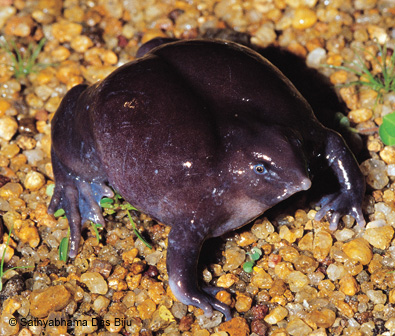
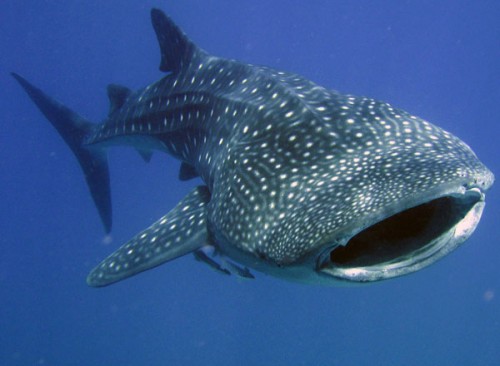

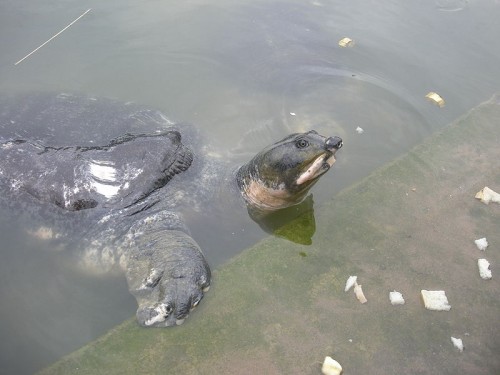
Thanks for this wonderful information. Must keep this on my birding itinerary during migratory season!
Thank you Sangeeta for your comment. Do surely visit the wetland and let us know about your experience.
Latest updates: I was totally disappointed by visiting this place this week twice to look for any signs of birds, alas! i couldn’t find any other than cattle egrets and common cormorants. There are no signboards from the NH at least guide the people looking out for the so called bird sanctuary. After reaching the spot, there are farmers busy with their ploughings.
I wonder where the above mentioned -“The Department of Forests has meanwhile submitted a proposal of Rs. 19.51/- lakhs to the district administration for the purpose of construction of five watchtowers and an information centre, plantation of fruit and bamboo seedlings, and for fencing of the area where possible” funds went to? anyone care to explain….?
That is very sad to know. Thank you for the update. This is exactly what happens at most times, while we assume that something is being done.